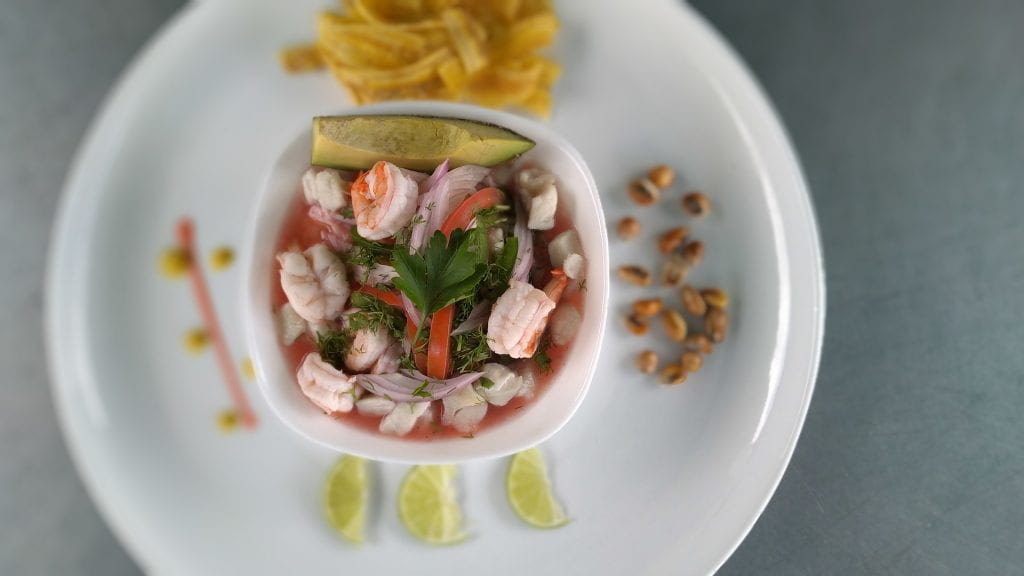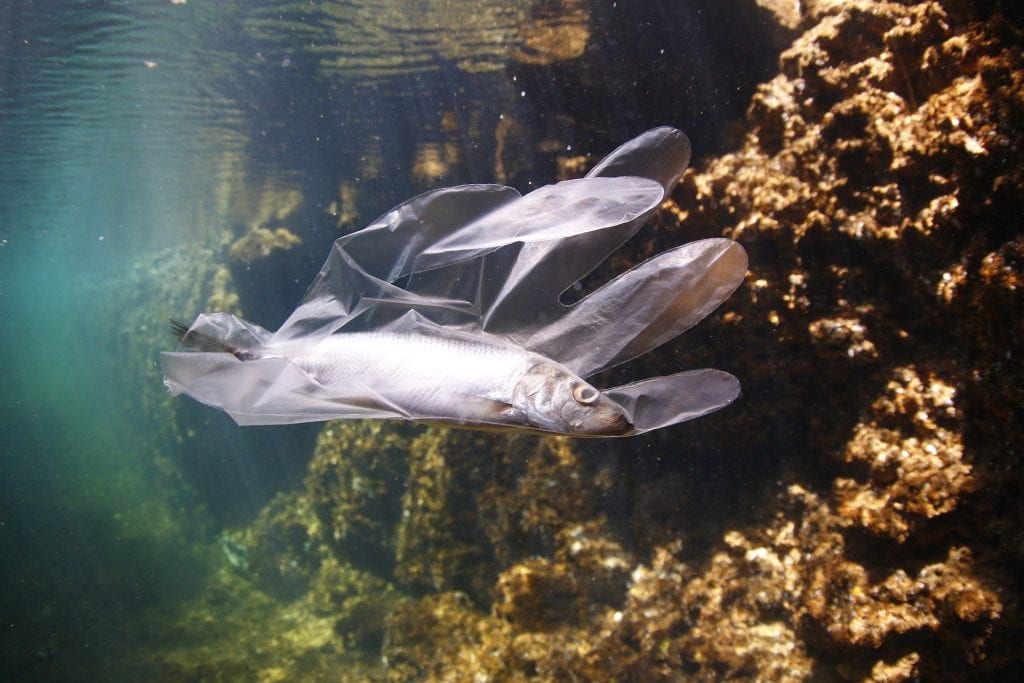The smell of fresh fish fills the air as hawkers cry out the prices of that day’s menu popular in Mercado San Jose. I have been visiting this same ceviche stall in Lima’s Jesus Maria neighbourhood for many years; a non-so-hidden gem as I’ve often had to bustle for the chance to perch at the counter on a rickety stall around lunchtime.
Plates of the emblematically Peruvian seafood dish ceviche are piled high with sweet potato and toasted corn, and doused with an extra helping of leche de tigre. If you’re lucky, you can get an extra refill of chicha morada, a highly-sugared beverage made from boiled purple corn, to wash down the meal. As an anthropologist it is always quite the experience, both for my tastebuds as well as my ethnographic eye. Ceviche, and the entire culture surrounding it, is very special indeed.

Whilst Ceviche is a dish that now circulates internationally, it was born of the Peruvian Pacific and is an icon of the country’s gastronomic boom and associated rise in tourism. In recent years, the country has gained increasing international recognition for its gastronomic prowess, having won the ‘World’s Leading Culinary Destination Award’ eight years in a row, and only being beaten off the top spot in 2020 by Italy- a more than fair contender. The catapulting of Peru onto the worlds gastronomic and tourism stage goes hand in hand with a strengthening economy and sense of national identity; all with patriotic elements such as ceviche at the helm of this sea change.
However, ceviche enters dramatically into other important debates of our times too.
In recognition of the troubling rise in plastic waste, a campaign and subsequent changes in legislation were launched in 2018; ‘No quiero esto en mi ceviche’ (I don’t want this in my ceviche). The campaign saw renowned Peruvian chefs sprinkle vials of microplastics over their plated ceviche as a final and foreboding ‘garnish’, alongside the “sale” of microplastic seasoning vials in Lima supermarkets. Yet, such a campaign, and the wider question of contemporary ceviche, raises important questions that deserve attention.
It is true that plastics are fast becoming a significant issue of concern regarding the ocean, highlighted by documentaries such as ‘Blue Planet’ that have influenced significant changes in viewers lifestyles as a result. But plastics also negatively influence human health too- it has been estimated that we may be eating up to 5 grams of microplastics per week, snuck into our digestive systems through food and water.
Plastics are especially concerning when discussing the Pacific, as we need only look to ‘The Great Pacific Garbage Patch’, the worlds largest accumulation of ocean plastic, for evidence of the dire straights we are in. Hopefully, campaigns such as ‘No quiero esto en mi ceviche’ may go some way to address this and change attitudes towards plastics. For example, gaining momentum, the movement led to the Peruvian Ministry of Environment successfully banning single use plastics in coastal areas (beaches, ports) in 2019, with the rest of the country set to follow by 2022.

Whilst campaigns to reduce single-use plastics may certainly be welcome, the local expression of this in Peru deserves further attention for what it tells us about imaginaries of the Pacific. Through ‘No quiero esto en mi ceviche’, Peruvians are encouraged to abandon plastics as they may adversely affect the fish that go into ceviche, and thereby potentially harm national identity and gastronomic prowess if the dish is ‘contaminated’. There is absolutely no mention of the harm that plastics do to living animals though; fish only enter environmentalist discourse as marinated corpses contributing to symbols of national identity. As such, I want to ask an important question: Is the Pacific perceived as a multispecies world deserving of care and respect, or as a resource, filled with other little swimming resources, only worthy of protection when national goals and symbols like ceviche are negatively impacted upon?
It is this important question regarding oceanic multispecies health, Pacific-related national identity and gastronomic booms, and the circulation of ceviche imagery, that I will be exploring as part of the ‘Reimagining the Pacific’ project this year.
Images from Pixabay

